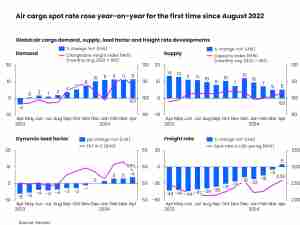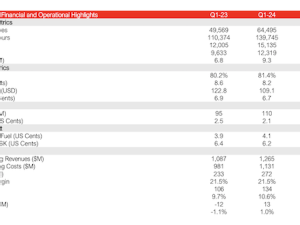China’s new deadly virus is more difficult to contain than other pandemics because those infected may not get a fever, a symptom governments around the world are using to screen for the pathogen.
The National Health Commission told local governments and hospitals on Jan. 18 that some of those with the virus may not have a fever and the pathogen’s incubation period could be up to two weeks, according to people familiar with the matter, who asked not to be named discussing the situation.
A spokesman for the NHC said that the understanding of the new virus and its symptoms changes over time and that doctors have observed some patients with low or even no fever as the number of infections has increased.
The lack of fever as a symptom means that temperature screening—the main method now being deployed at airports and transport hubs to control the outbreak—would fail to pick up on at least some cases.
”The whole airport screening exercise is to simply give people comfort that there is some government action to protect the public,” said Ramanan Laxminarayan, director of the Center for Disease Dynamics, Economics & Policy in Washington, D.C. “It has no real public health utility in the case of coronaviruses. What really matters is surveillance, infection control and isolation.”
The discovery that people could be infected without their temperatures spiking, and that the virus could lie dormant for a relatively long period of time, increases the likelihood that carriers are currently traveling freely, intensifying the virus’s spread.
Several people who’ve died from the virus in China didn’t display symptoms of fever, details released by the NHC on Thursday showed, though they displayed other symptoms such as breathing difficulty, chest tightness and coughing.
China said Wednesday it would implement screening nationally, and countries from Singapore to the U.S. have also started monitoring the body temperature of arrivals from China. Relying solely on thermometers isn’t sufficient to catch all possible cases, according to David Heymann, an infectious disease researcher in the U.K. who advises the World Health Organization.
“Alone as a means of keeping infection out of countries, they provide a false security,” said Heymann. People can cross borders without a fever then get sick after their arrival and taking paracetamol or aspirin can bring a fever down so it isn’t detected, he said.
China has taken the extreme step of banning travel from cities near the site of the virus’s origin. Over ten cities—including Wuhan—now have travel curbs in place, encompassing at least 30 million people, or more than than populations of North Korea or Nepal.
China has confirmed 830 coronavirus cases, including 177 in severe condition, and 25 deaths as of Friday. One of the deaths was from the northern province of Hebei, while the rest were in Hubei province, where Wuhan is located.
Cases of infection may ultimately exceed 6,000, Chinese media Caixin reported, citing estimates from unidentified doctors working at key hospitals in Wuhan city.
“Screening is not 100% efficient but without screening you are even worse,” said Wang Linfa, a diseases expert at the National University of Singapore. “Other than monitoring temperature, the other thing is to encourage citizens to stay in and do not go out.”
The Wuhan virus—known as 2019-nCoV—belongs to the same family of coronaviruses as Severe Acute Respiratory Syndrome, which killed nearly 800 people in a matter of months in 2003. Detection of potential SARS infections in public places relied heavily on temperature screening across the globe, which helped contain the virus.
The most accurate method for detecting if someone has the virus is through test kits that use the genetic makeup of the novel virus, which Chinese scientists have made available to public health authorities around the world. But those are in short supply and have already run out in some hospitals in Wuhan, according to local media.











